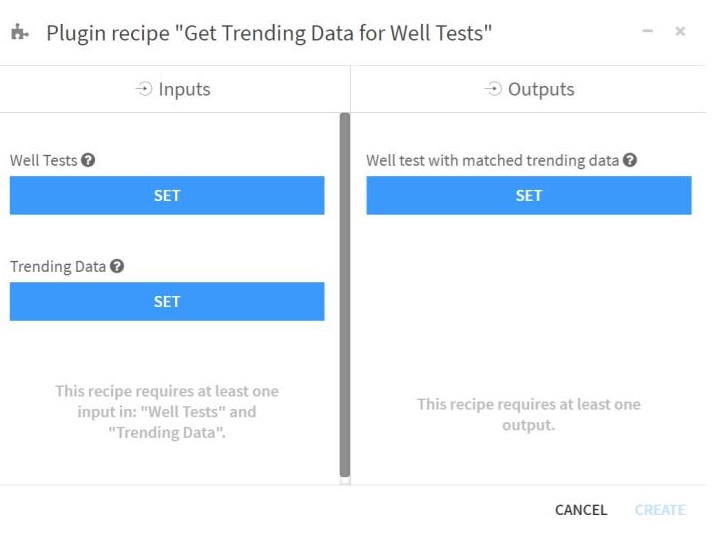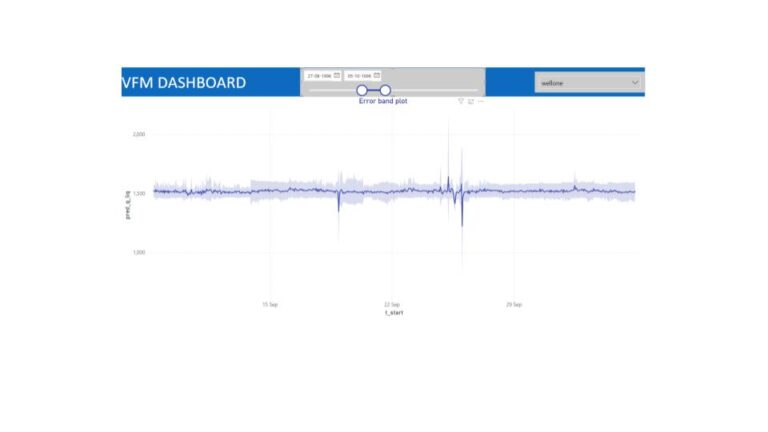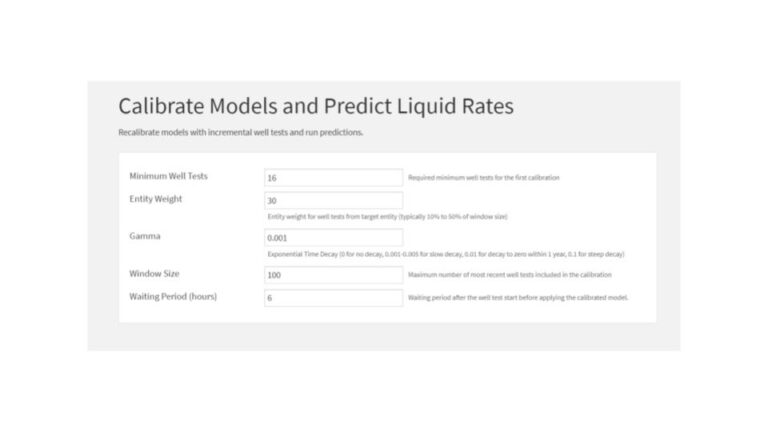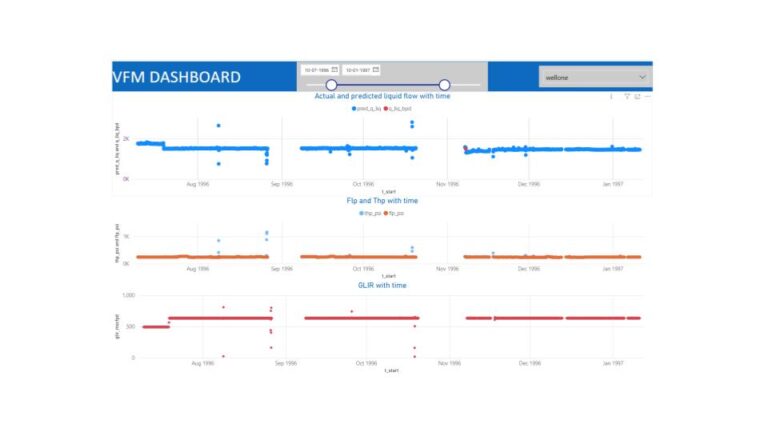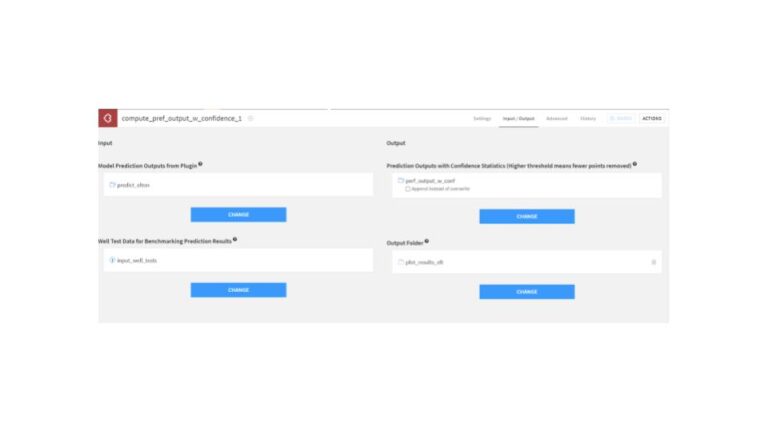Business Overview
Flow metering in oil and gas is the process of measuring and recording the flow rates, pressure, temperature, and other parameters related to producing hydrocarbons from a well. Its primary purpose is to optimize the production process by identifying trends in the well performance and determining the most efficient operating conditions.
A diverse range of flow meter types exist, each utilizing distinct physical principles and catering to different flow compositions. Notably, traditional flow meter devices are expensive to install and maintain, only sometimes kept accurate when fluid properties and operating conditions change over time and may even be impractical to install due to limited space available in some production sites.
Access to flow rates is useful for a diverse range of well processes, including flow assurance and production enhancement strategies, but it is not always available. The absence of flow rate data can lead to various problems like erroneous production rate reporting, difficulty in reservoir management, inability to detect production issues, imprecise production allocation, and challenges in regulatory compliance. Detecting instabilities earlier allows reservoir engineers to anticipate remediation plans and reduce operational and financial losses.
VFMs are a technological solution that complements traditional physical flow meters. By using AI, you can estimate the flow rate from data without needing direct contact with the fluid, thus decreasing the need for physical meters and drastically reducing operating expenditure.
Highlights
- VFM provides up-to-date visibility of the wells and field condition, which helps reservoir engineers to plan and prioritize well-testing activities.
- VFM provides a reliable solution for estimating flow rates when physical flow meters are not installed or feasible.
- Maintain continuity of operations as flow rate estimation is crucial input for digital oil field programs.
- The empirical approach, combined with AI, enables a zero-footprint solution to reduce operating expenses.
- VFM adaptability for both naturally flowing and gas-lifted wells allows it to account for changes in production rates.
Preprocessing
Upload well test and trending data in Excel format and generate a list of well tests with corresponding tubing head pressure (THP), flowline pressure (FLP), and gas-liquid ratio (GLIR) values. Only well tests with valid simultaneous trending data are kept.
Visualization
Visualize multiple png plots directly in Dataiku, including actual flow, predicted flow, FLP, THP, and GLIR vs. time.
Model Training and Prediction
Then, calibrate the model and generate a flow rate prediction. Prediction results and model history are obtained using only valid well tests with trending data.
Export Output Files
Generate output files that can be visualized in other dashboarding tools (Power BI, Tableau), adding correlation plot, as well as upper & lower predicted flow rate vs. time.
Results and Plots
Compute the confidence intervals of predictions and filter out the low prediction intervals based on the threshold you provide. Then, plot the results in PNG format.





